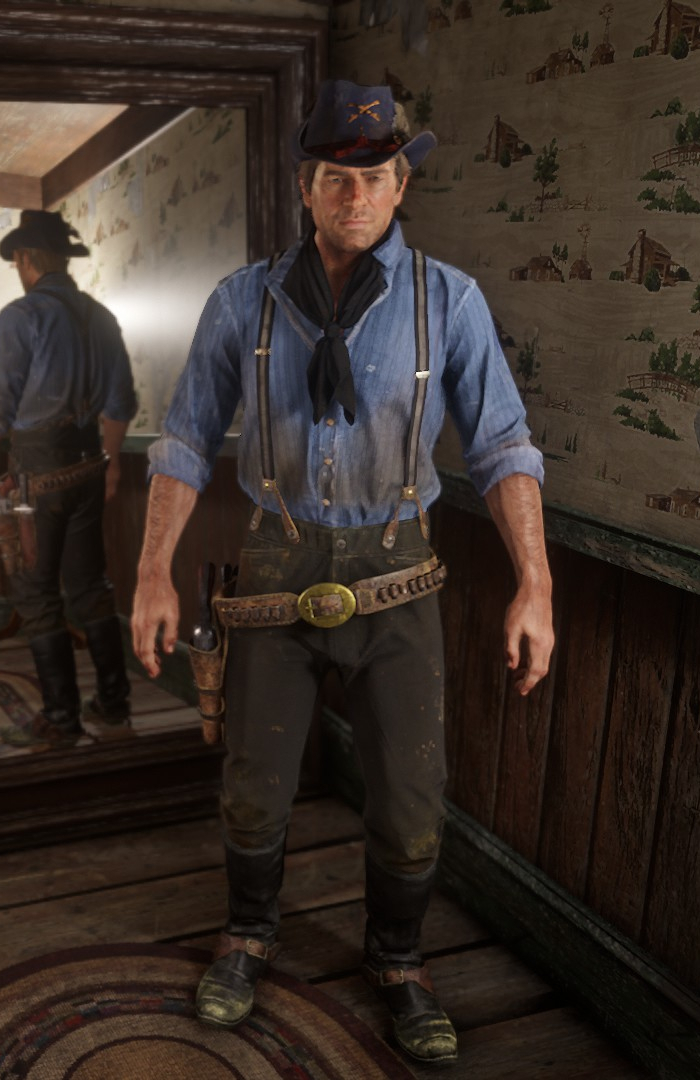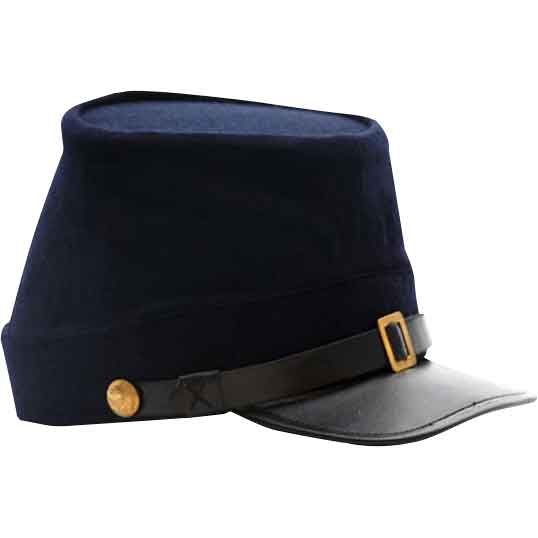


A colonel commanded a regiment, assisted by a lieutenant colonel and a major. The volunteer infantry regiment, as prescribed by United States Army regulations, consisted at full strength of 10 companies, each of 97 men and 3 officers. The overwhelming majority of regiments in both the North and the South were infantry. These volunteer regiments would select their own commanders, and sometimes, provide their own uniforms and weapons. In the enthusiastic rush to volunteer for service in 1861, individuals would travel through their communities to raise regiments on their own which they would then present to the army. Regiments were not as organized at the beginning of the conflict as they later became. In some cases, such as the Zouaves, regiments were distinguished by their vivid uniforms.Ĭompany G, 93rd New York Infantry at Bealeton, Virginia, August 1863 (Library of Congress) In some cases, regiments had a distinctive regional or ethnic character-Irish, German, Italian, Jewish, Indian, or black, among others. Regiments were often composed of men who had lived in the same neighborhoods and had known each other before the war. The Civil War soldier’s home away from home was his regiment.



 0 kommentar(er)
0 kommentar(er)
